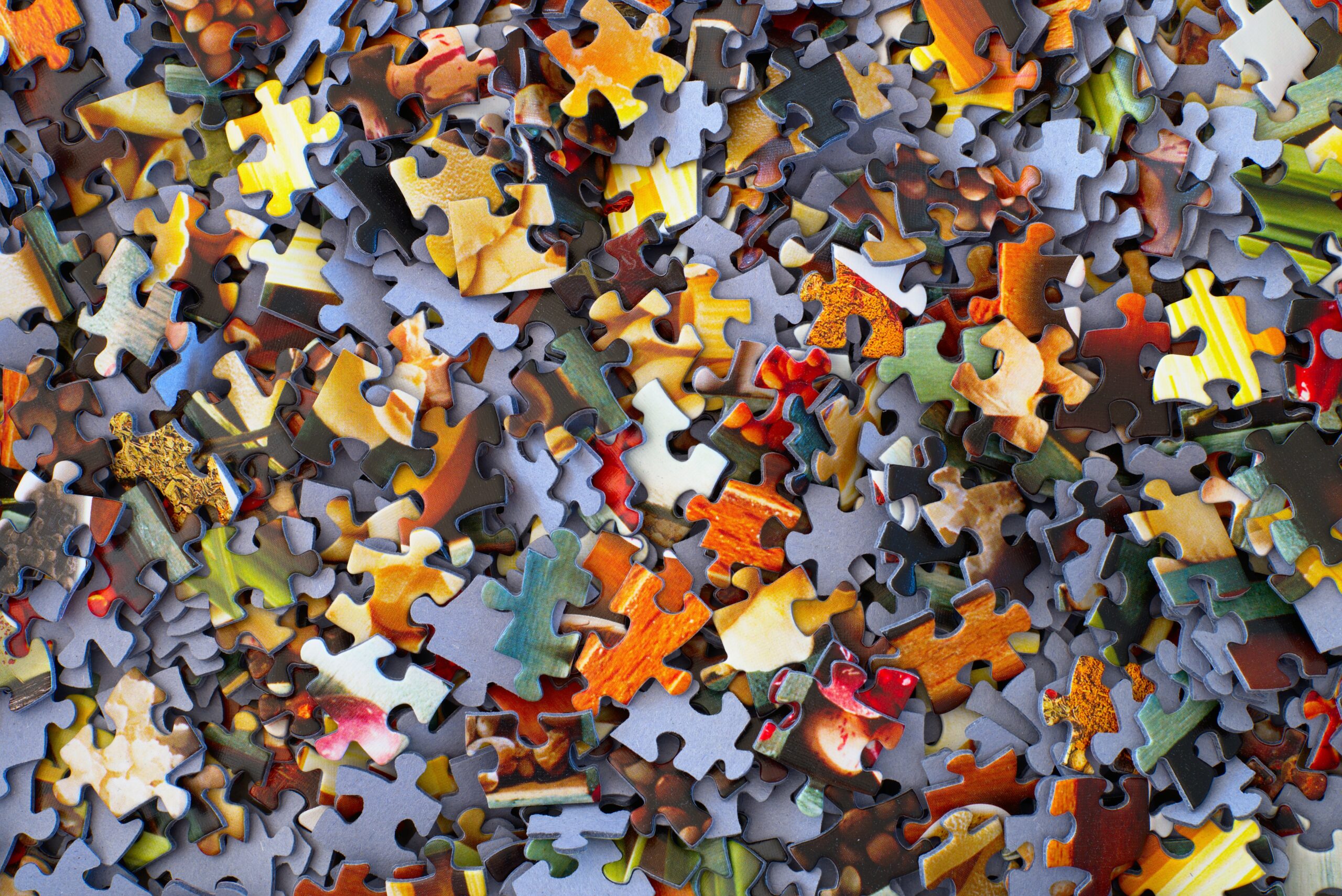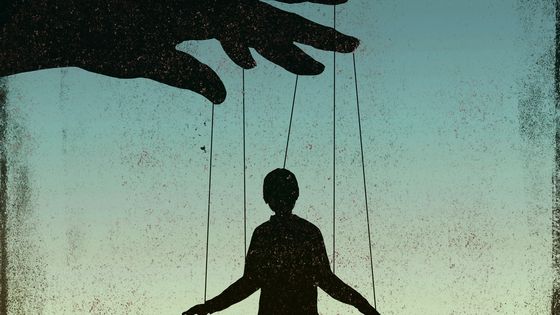Dreams, with their vivid imagery and often perplexing narratives, have been the subject of fascination and study across cultures and throughout history. From the ancient belief in dreams as omens to the modern scientific study of the brain during sleep, our understanding of dreams has undergone a significant evolution. This article delves into the science of dreams, discussing the neurological aspects, various theories, types of dreams, and their connection to mental health and culture.
Understanding Dreams
Dreams are sequences of thoughts, emotions, and images that occur involuntarily in the mind during sleep, most vividly during Rapid Eye Movement (REM) sleep but also in non-REM sleep stages. During REM sleep, the brain becomes more active, showing patterns similar to wakefulness. Regions associated with emotions, sensations, and visual imagery become engaged, whereas areas responsible for logical thinking become less active. The dreams during non-REM sleep tend to be less vivid and may be related to memory consolidation and learning.
Theories and Functions of Dreams
Various theories attempt to explain the purpose of dreams. Sigmund Freud suggested that dreams offer a window into the unconscious mind, representing repressed desires and memories. Cognitive theories propose that dreams play a crucial role in problem-solving, creativity, and learning. Some researchers emphasize the biological aspects, such as memory consolidation and neural development. Furthermore, dreams often carry strong emotional content, leading to theories that dreaming plays a role in emotional processing and regulation.
Lucid Dreaming
Lucid dreaming, where the dreamer is aware that they are dreaming, has become a field of interest for many researchers. It’s believed to offer potential therapeutic benefits such as treating recurring nightmares and enhancing creativity or problem-solving skills.
Dreams in Different Cultures
Historically, dreams have been interpreted in diverse ways across cultures. While ancient civilizations might have seen dreams as prophetic or divine, modern perspectives range from seeing them as reflections of inner self to mere random brain activity.
Dreams and Mental Health
The connection between dreams and mental health is multifaceted. Dreams can be analyzed in therapy to understand unconscious thoughts and feelings, possibly aiding in mental health treatment. Disorders like PTSD, anxiety, and depression can significantly influence dream content and intensity, revealing the deep interplay between dreaming and mental well-being.
Technological Advances and Challenges
With advancements in technology, the study of dreams has reached new heights. Tools like EEG and fMRI have allowed for detailed examination of the neural correlates of dreaming. However, the field is not without its challenges. The subjective nature of dreams, the difficulty in studying them objectively, and the need for more precise tools for analysis have led to ongoing scientific exploration and debate.
Conclusion
Dreams continue to be a captivating and complex subject of study. Our understanding has come a long way from ancient interpretations to intricate scientific analysis. Whether probing the unconscious mind or linking dreams to emotions, learning, and mental health, the journey into the world of dreams offers profound insights into human cognition and psyche. The ongoing research, though fraught with challenges, holds great promise in unlocking further mysteries of the mind and potentially paving the way for new therapeutic methodologies and a deeper understanding of our mental landscape.






